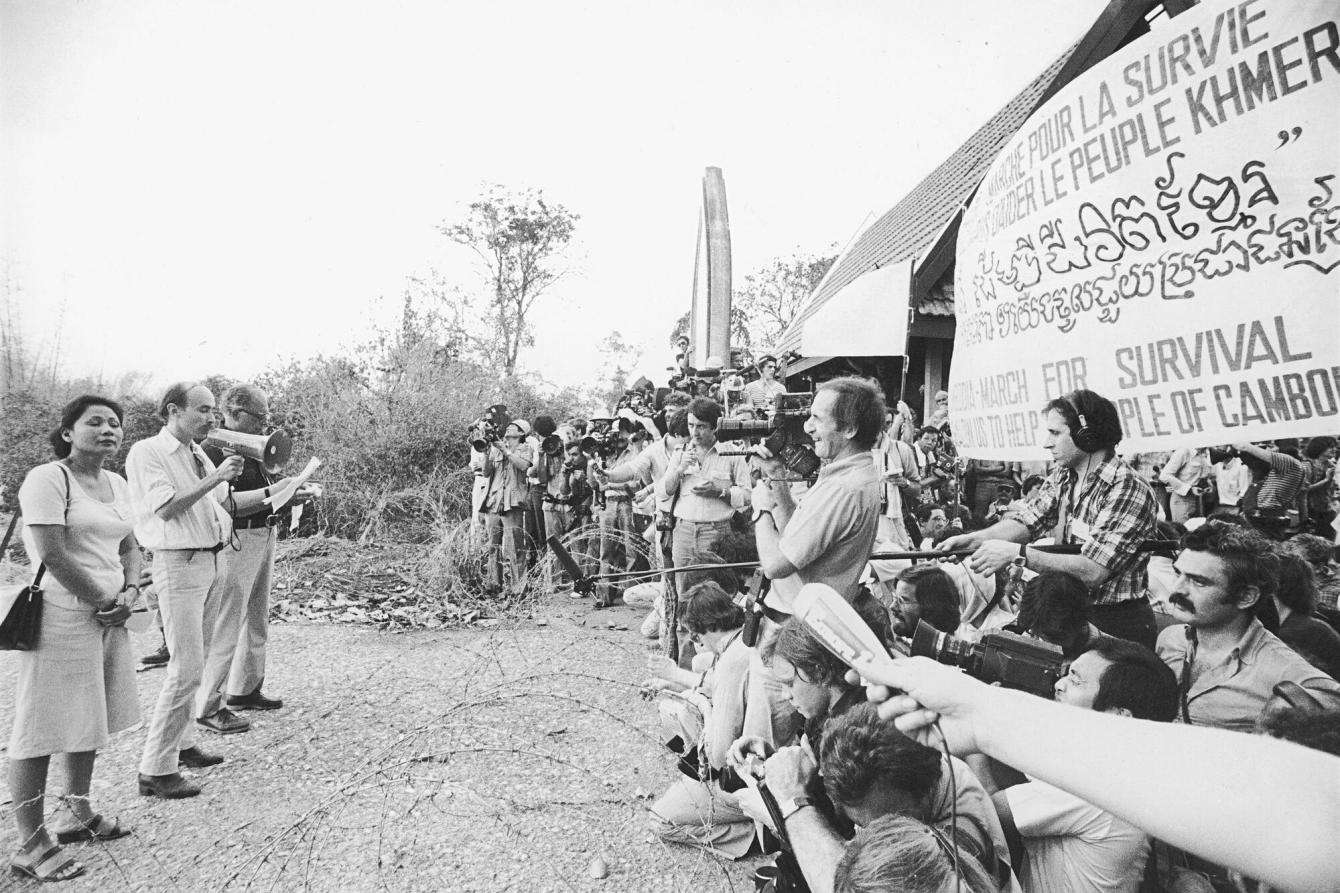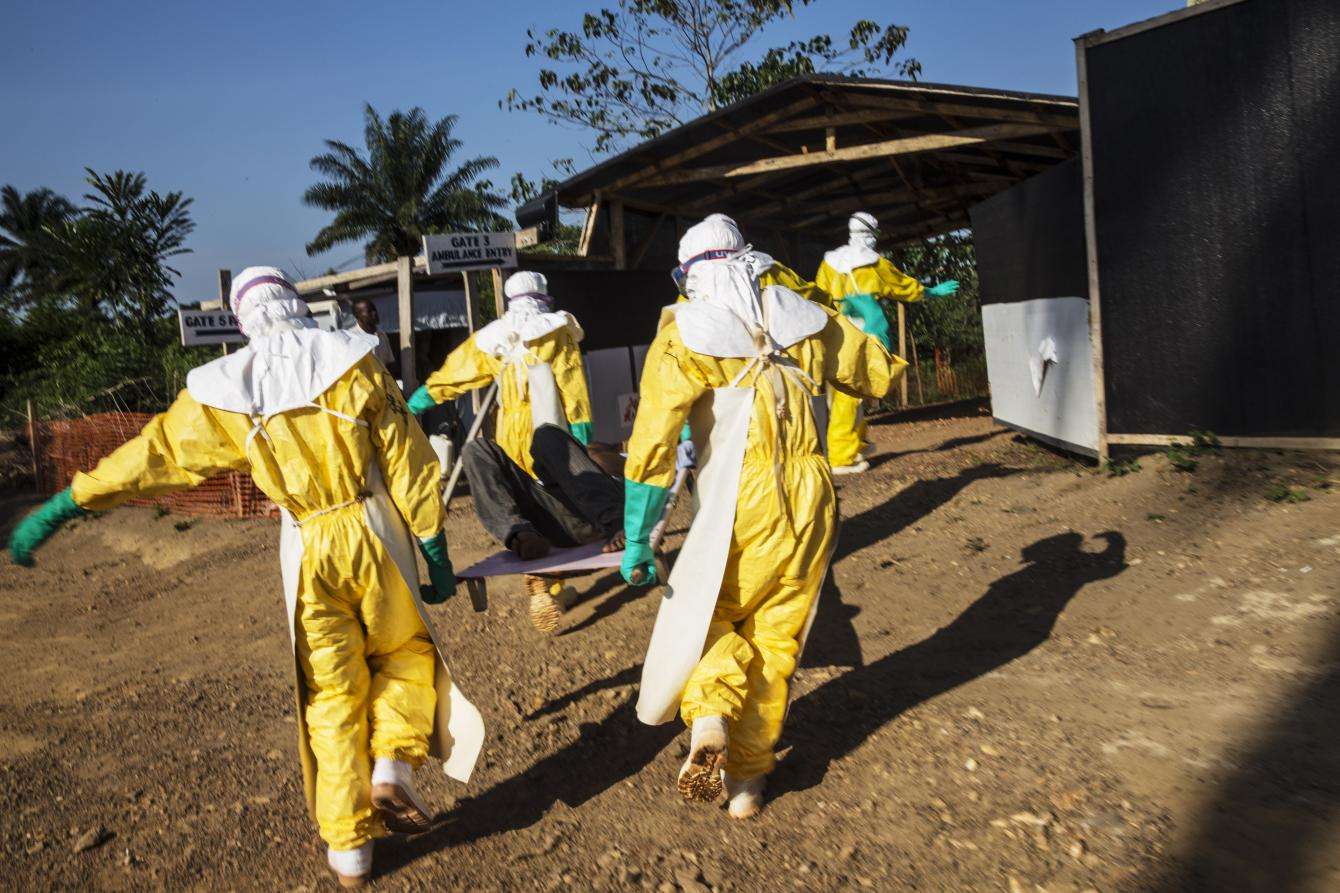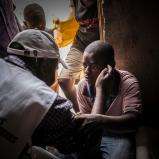Looking forward, looking back
The doctors and journalists who came together to found Doctors Without Borders/Médecins Sans Frontières (MSF) 50 years ago believed that our humanitarian action must not be silent. From the start, our medical teams made a commitment to care for patients as well as to speak out and call attention to the problems driving emergency needs. This is a core element of our response to disasters, both natural and human-made.
Photography is an essential tool in this project of bearing witness, or témoignage. Words matter, of course, but a photograph has the power to bridge wide geographic and cultural gulfs and communicate the realities of a human experience instantly. Photographers accompanied MSF teams on some of our earliest assignments to chronicle this work and show the world what aid workers were seeing—to inspire empathy, solidarity, and, often, outrage.

In this special commemorative issue of Alert, you might recognize the work of many world-class photojournalists. These journalists know that embedding with us means they will get to see the human side of an unfolding humanitarian crisis. Our security regulations and longstanding practice of negotiating access to conflict zones provide them with some assurance of mitigated risk. And, crucially, MSF is a known and trusted actor in often-volatile environments, whereas a solo photographer is not. We can make the introductions, telling local authorities—from military commanders to community leaders—that this visitor in our midst with the camera gear hanging around their neck is here to document history for the world to see.
To mark our 50th anniversary this year, MSF partnered with Magnum Photos, a collective of some of the world’s most renowned photographers. Together, we looked back through five decades of archival images to explore the connections between providing humanitarian assistance and bearing witness to human suffering and survival. We also commissioned a series of new projects to document the stories of individuals living through crisis situations in a range of contexts, from Ethiopian refugees seeking safety in Sudan to Central Americans traveling along the migration route north through Mexico.

Looking forward, this project also prompted important questions about the evolution of our approach to bearing witness alongside the communities we serve. A camera is impartial, but we know that the images it produces are framed by the point of view of the person holding it. The photographs in this issue are arresting, and the stories they tell are as vital now as they were when they were taken. But many of the images were shot by foreign photographers hailing from very different parts of the world from their subjects. Looking at these photographs now, in 2021, one wonders how their depiction of events might differ if the camera had been held in different hands.
A lot has changed in the five decades that have passed since MSF’s founding. We’ve grown from an upstart medical humanitarian organization with a few hundred members to a global movement of nearly 65,000 people. The vast majority of our staff—more than 80 percent, in fact—are hired locally and work in their own communities. Increasingly, this extraordinarily diverse workforce is pushing the movement to reexamine every aspect of our operations, from how we run our medical projects to how we communicate about and with our patients.

In 2016, in a previous position with MSF, I was responsible for co-managing the establishment of a communications team in Lebanon. We needed to boost our capacity to understand the social media noise about MSF and identify the threats in our environment. We also wanted to let communities in operational hotspots like Syria, Iraq, and Yemen know who MSF is and how we can help. We recruited top talent from Beirut, Cairo, and Amman to join the team. Their initial assignment, however, was to translate stories and other communications material that had been gathered, edited, and approved by mostly Western, internationally mobile MSF staff and help amplify them on social media. Our colleagues from the region challenged the assumptions we’d made about this work every step of the way, and they were right to insist that they should take the lead to pursue a different kind of storytelling that would resonate with the Arabic-speaking audiences we were trying to reach.
Today we respect the ways patients and communities wish to be portrayed. We’re interrogating our habitual and problematic reliance on foreign observers to tell the stories of people caught in crisis. We’re expanding our networks to collaborate with more locally or regionally based photographers who bring their own lived experiences to these assignments. Together we seek to share human stories in ways that are more empowering, rich, and authentic. We speak out about our work not only to draw the world’s attention to crises, but to stand in solidarity with our patients and colleagues who are experiencing these emergencies firsthand.
For MSF, bearing witness is more than just a duty, it is a great privilege. It is the people in these photos— these patients, their families, their communities— who are the heroes of the stories we help to tell.


